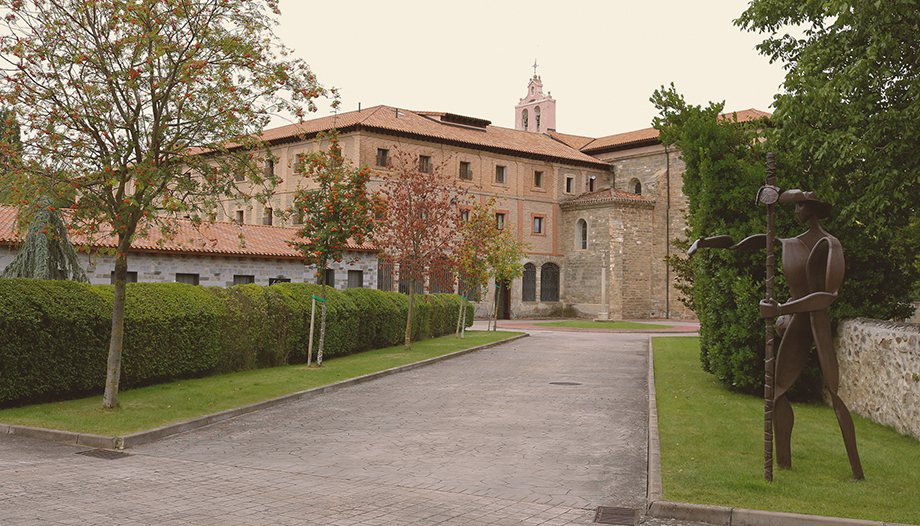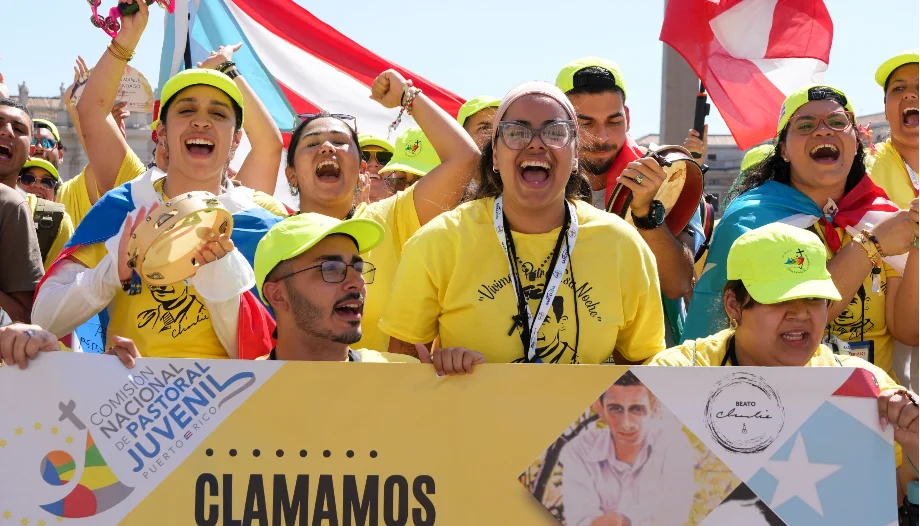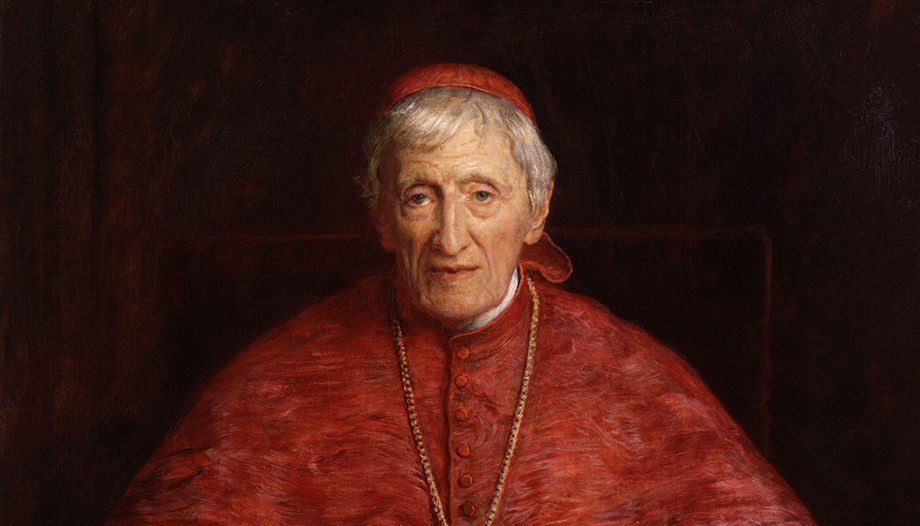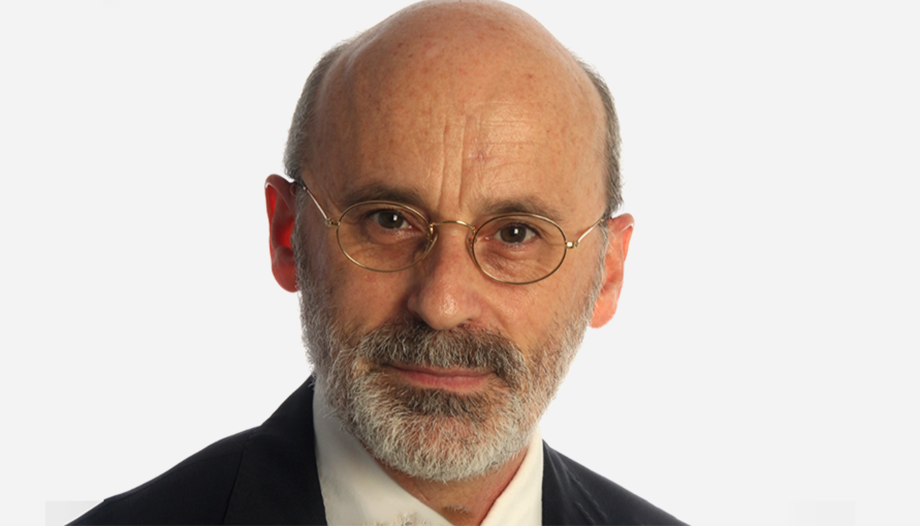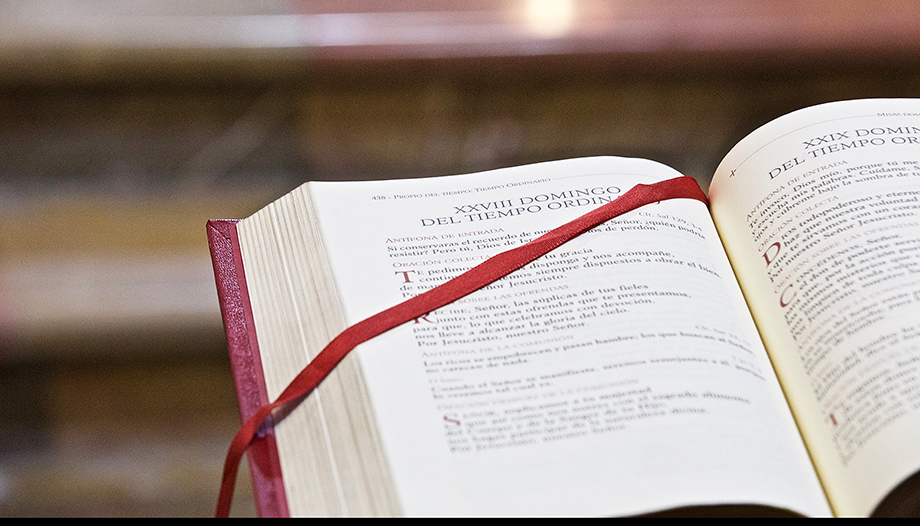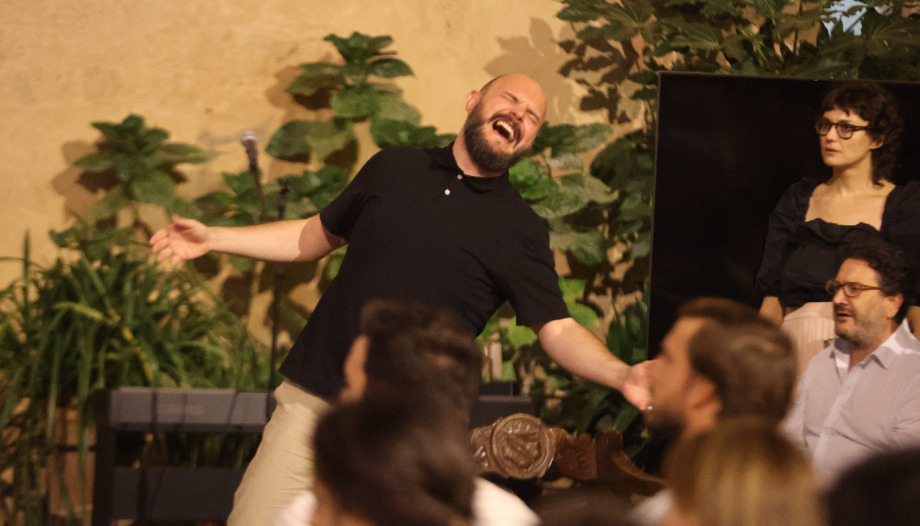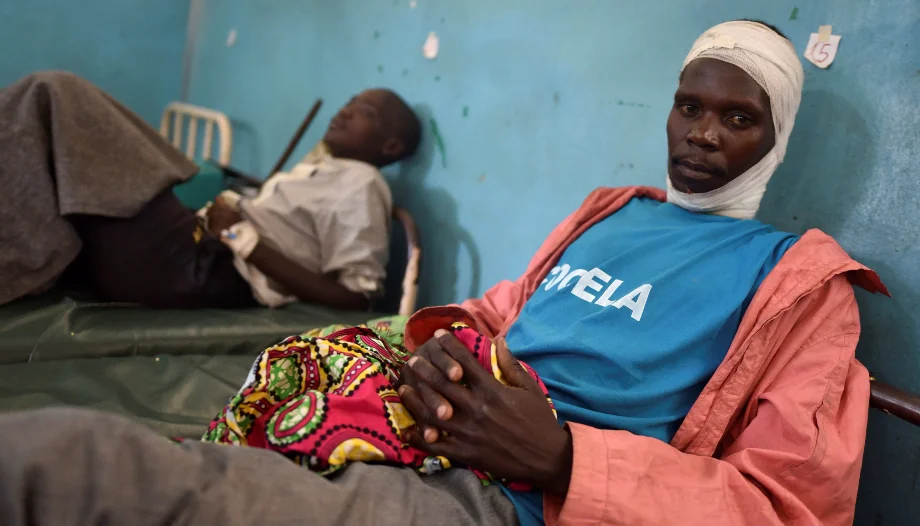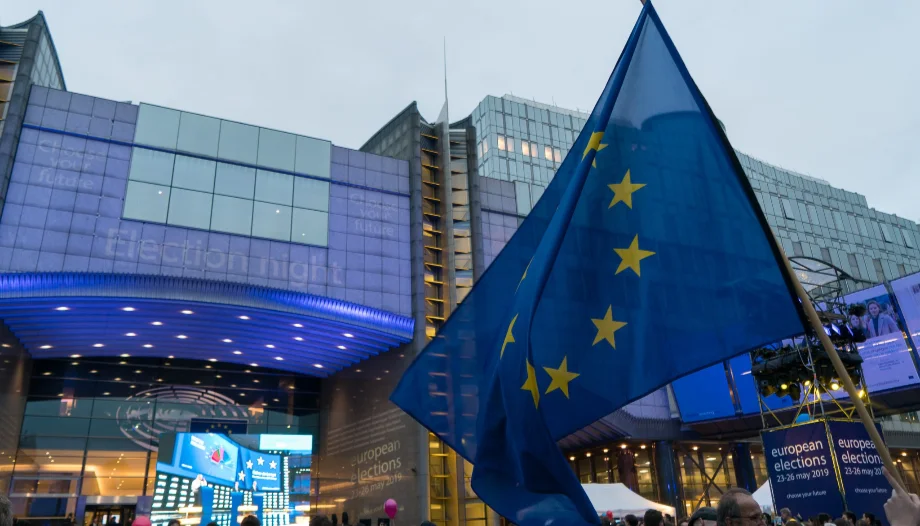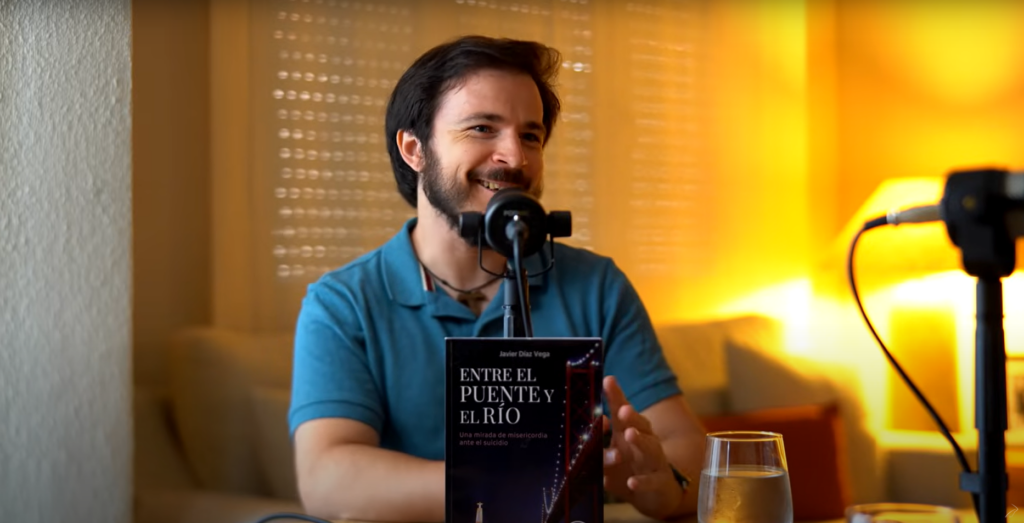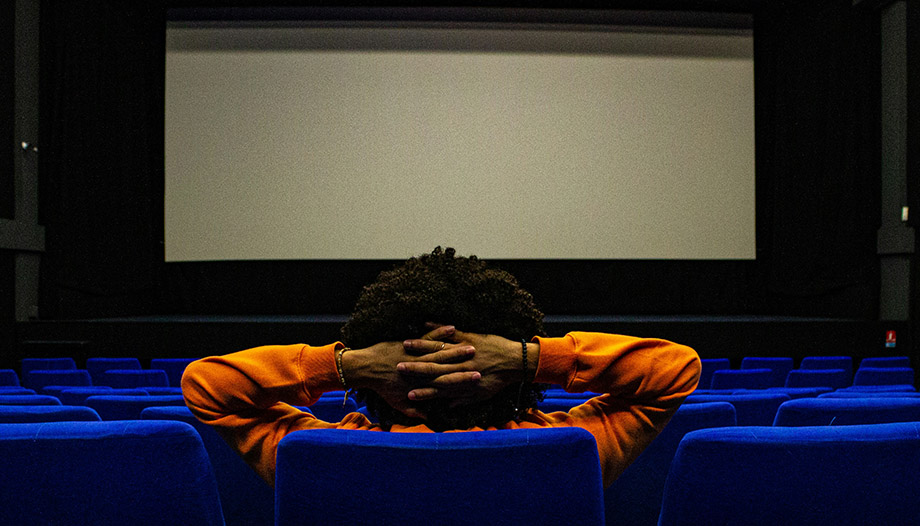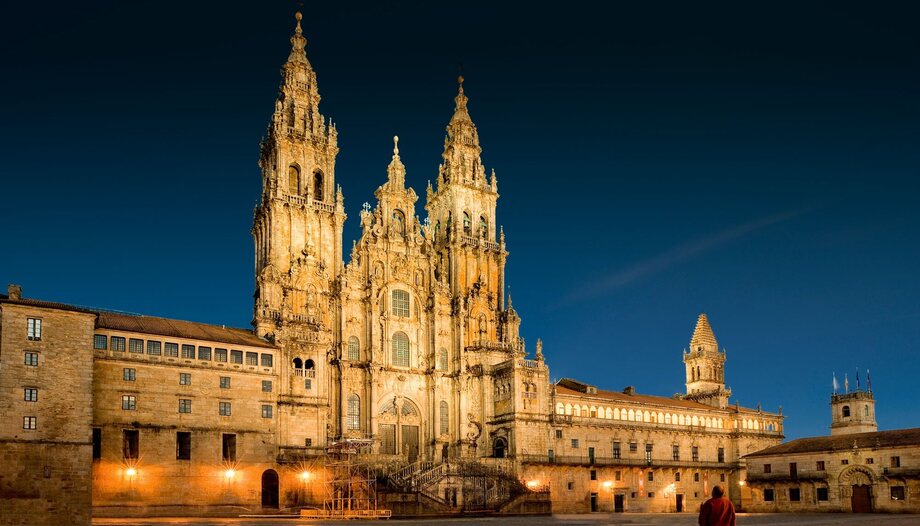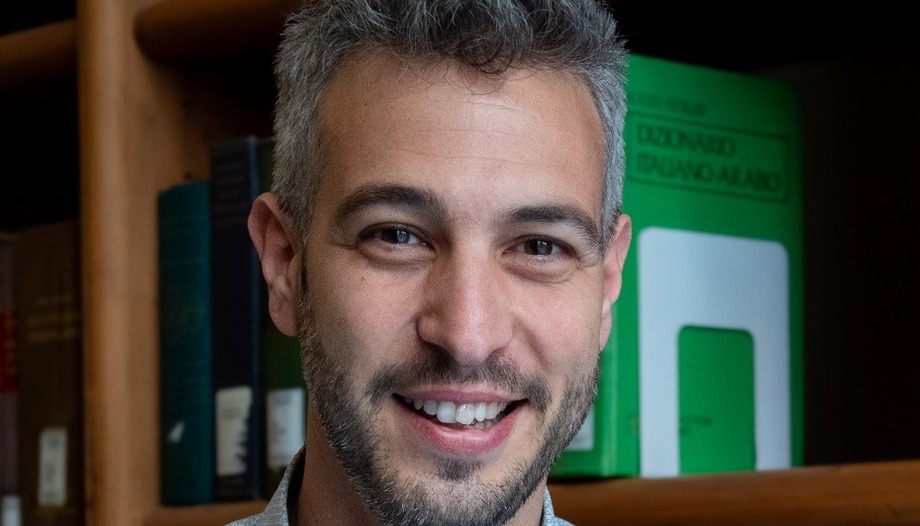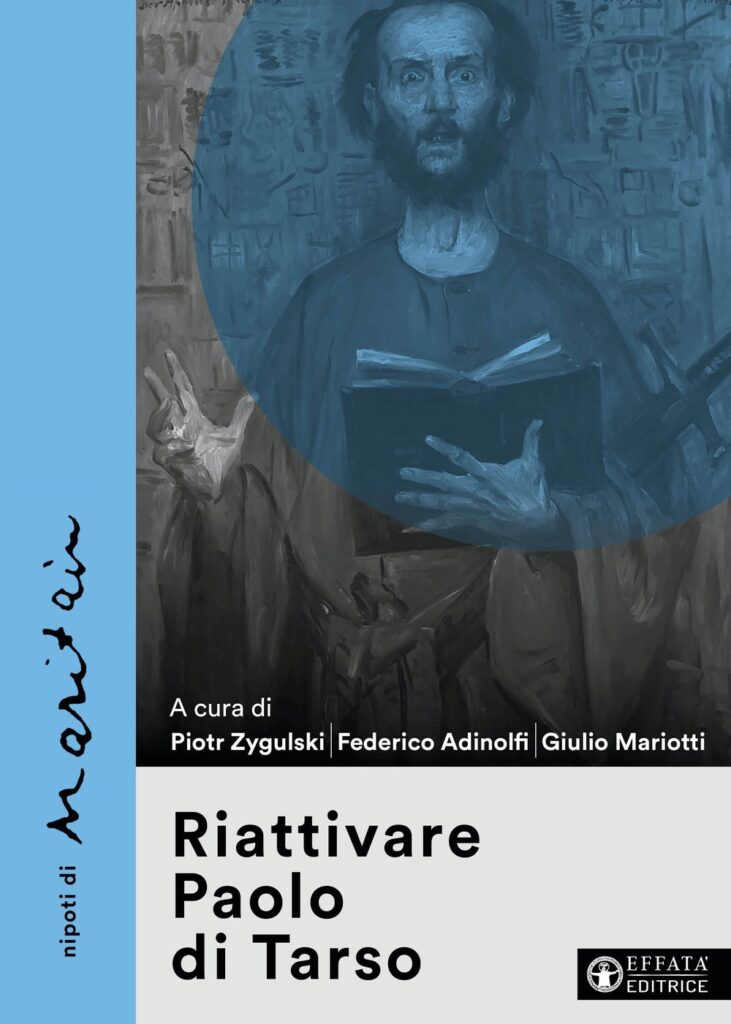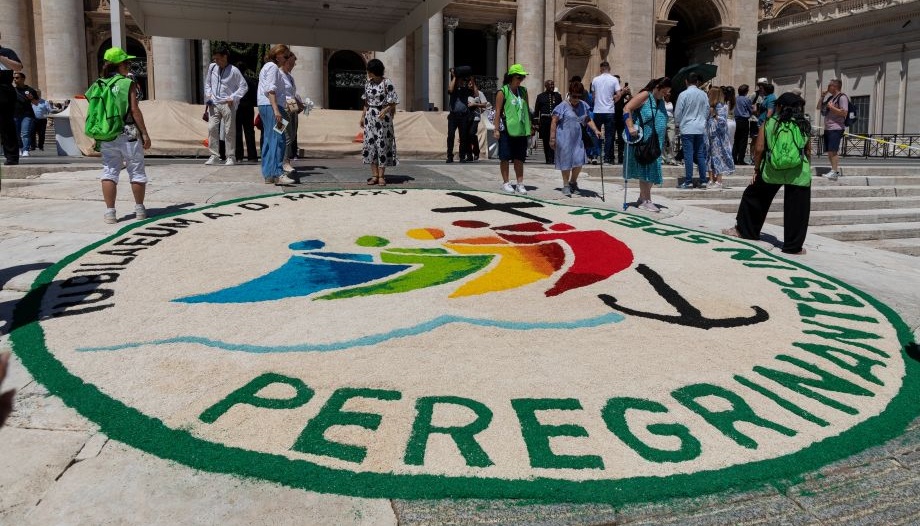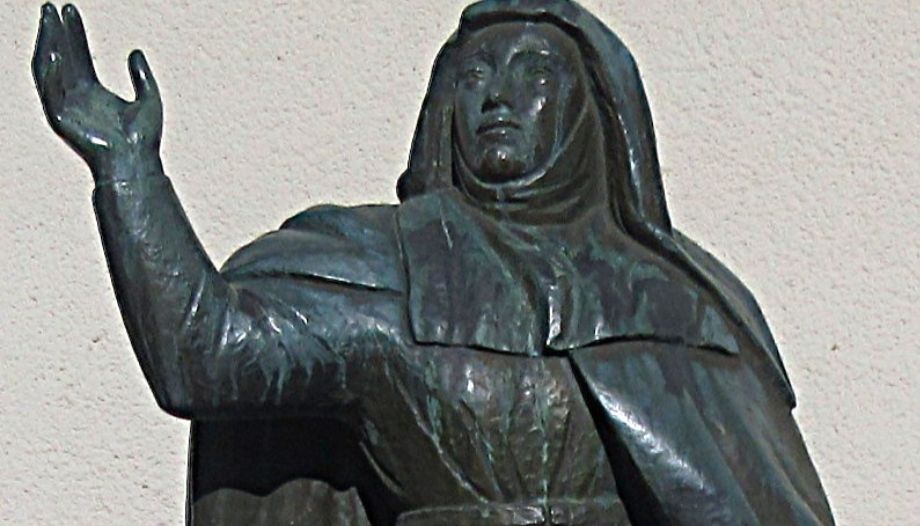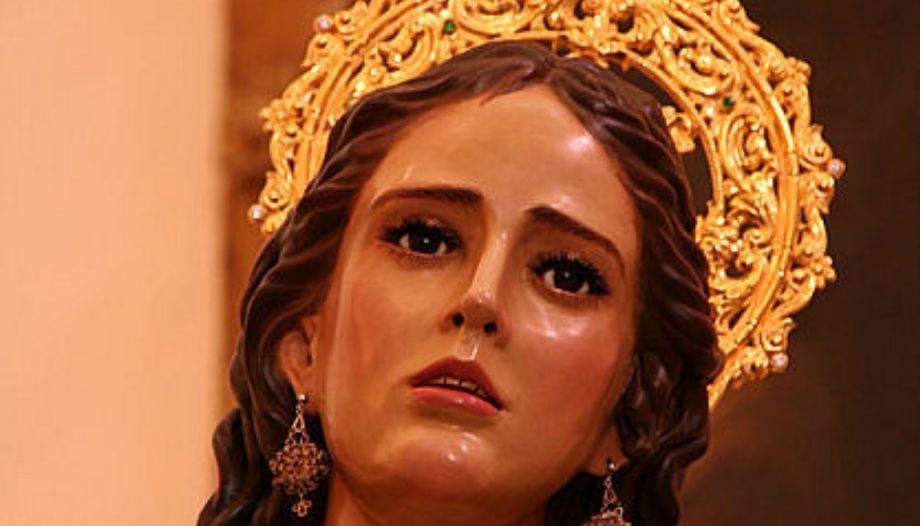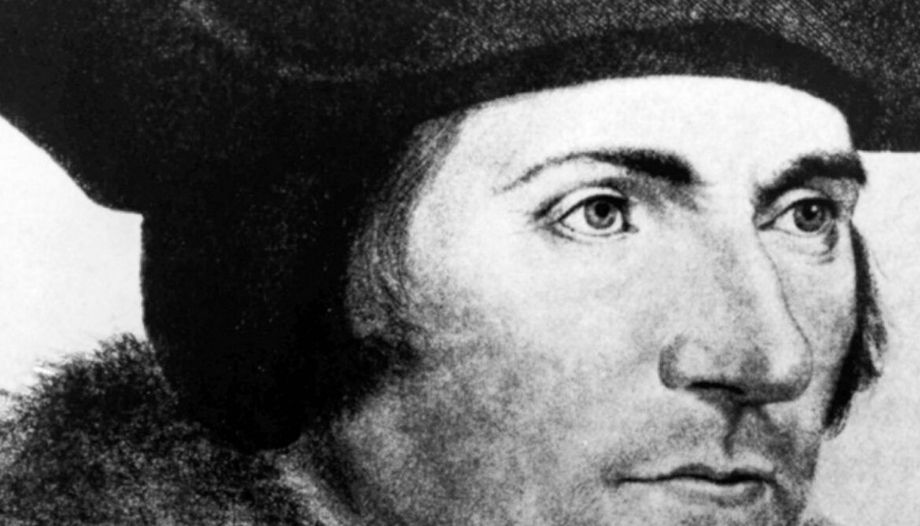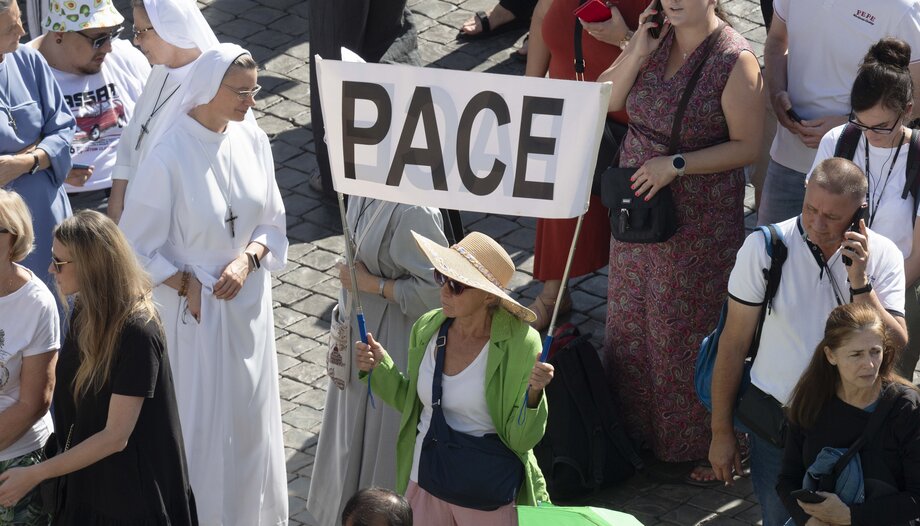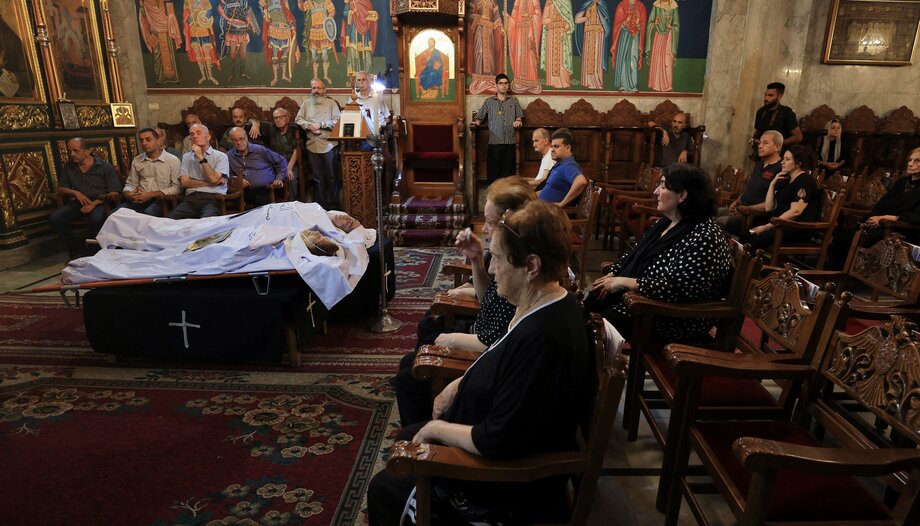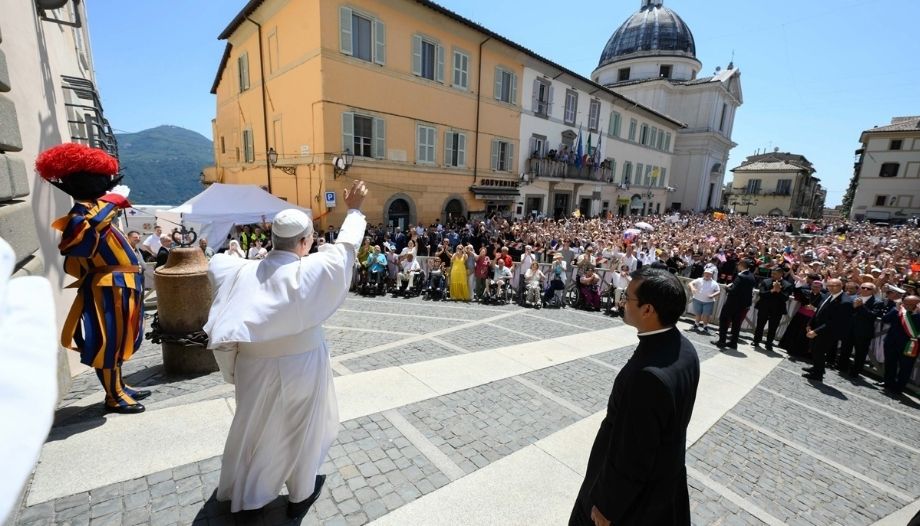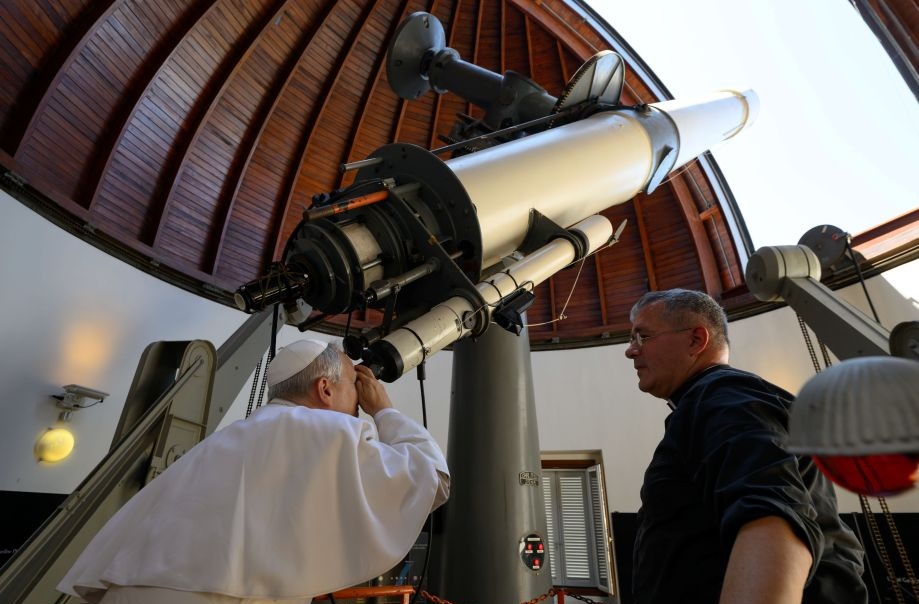– Supernatural Compostela Historywritten in the first half of the 12th century by order of Archbishop Gelmirez, describes the discovery of the tomb of the apostle St. James as follows: "Men of great authority... reported how they had seen many times at night burning luminaries in the forest... and also that an angel had appeared there frequently... he himself went to the place and saw with his own eyes the luminaries... he hastily entered the aforementioned grove and ... he found in the midst of weeds and bushes a small house that contained in its interior a marble tomb... he went... to see King Alfonso the Chaste... and notified him exactly what had happened... the king... came... and restoring the church in honor of such a great Apostle, changed the place of residence of the bishop of Iria for this one that they call Compostela...". This event, which would have taken place between 820 and 830, in the time of Bishop Teodomiro of Iria Flavia, marks the beginning of a history that is now 1,200 years old and has been marked by characters, events, ceremonies, remodeling, etc. that have been shaping the building destined to house and worship the remains of the apostle Santiago el Mayor.
The first basilicas
The Jacobean tradition narrates the miraculous journey of the remains of St. James the Greater, after his martyrdom in Jerusalem, to the northwest of the Iberian Peninsula, in the diocese of Iria Flavia, where, taking advantage of a pre-existing Roman mausoleum, they were buried by his disciples Theodore and Athanasius. The burial place, on Mount Libredon, was forgotten until it was discovered in the 9th century, giving rise to the Jacobean phenomenon.
When King Alfonso II learned of the discovery of the remains of Santiago, he ordered a temple to be built on the site to house the tomb. It would be a simple construction, with a single nave, conditioned, at its head, by the dimensions and location of the aforementioned Roman mausoleum that sheltered it. Few archaeological remains have been recovered from this first temple of Santiago in the surroundings of the apostolic tomb and, undoubtedly, among them, the most outstanding is the tombstone of Bishop Teodomiro, who died, as stated in his inscription, in the year 847 and which was found in archaeological excavations carried out in 1955.
The temple of Alfonso II soon became too small to accommodate the pilgrims who began to arrive. To this was added a clear interest, on the part of the Asturian monarchy, to consolidate in this place a point of reference for Christianity, to which they endowed with privileges and gifts; so that, by order of Alfonso III began the construction of a new church to receive the relics of Santiago, which would be consecrated in the year 899. Again, although it followed the postulates of the Asturian pre-Romanesque, the pre-existing mausoleum would condition the dimensions of the central nave, of great amplitude, as opposed to the unusually narrow of the two lateral ones. The wide western portico of the church was also noteworthy, and in the archaeological excavations carried out in the central years of the 20th century, its access was discovered, together with other architectural elements.
In 997, the church of Santiago was destroyed by the Muslim army under the orders of Almanzor, who, however, according to the chronicles, respected the sepulcher. Immediately, the temple was rebuilt under the impulse of Bermudo II and the bishop San Pedro de Mezonzo, incorporating new stylistic influences, so that, in the early years of the tenth century, the temple was again operational and so it would remain until the progress in the construction of the new Romanesque cathedral, would end up burying it under its foundations in the year 1112.
The beginning of the Romanesque cathedral
The boom in pilgrimages to Compostela throughout the tenth and eleventh centuries, together with the strong support received from the Church and the Monarchy, led to the construction of a cathedral, whose works began around the year 1075, once the problems of space with the neighboring community of Antealtares, which then took care of the care and attention of the cult and the tomb, by its eastern end, had been solved. The so-called Codex Calixtinuswritten during the time of Archbishop Gelmirez by the Scriptorium compostelano, states that ".the master stonemasons who began to build the cathedral of Santiago were called Don Bernardo el Viejo, an admirable master, and Roberto, with about fifty other stonemasons who worked there assiduously".This is something that recent research seems to confirm, although with different nuances.
An inscription in the Chapel of the Savior and two capitals located at its entrance attest that the construction of the cathedral began in this place in the time of King Alfonso VI and Bishop Diego Peláez. This first stage of construction lasted until 1088, during which the central sections of the ambulatory and its respective chapels were built, developing, mainly in its capitals, of French influence, a complete iconographic program conceived by the prelate himself.
From 1088 onwards there was, at least, a certain slowdown in the work caused by the confrontation between the king and the bishop, which led to his imprisonment and subsequent exile. The workshop that began the construction of the cathedral would end up dissolving and, around 1094, with the help of a new master, Esteban, the construction rhythm was recovered from a new artistic perspective, varying the proportions of the initial project and continuing with the works in the rest of the chapels of the ambulatory.
This second phase would last until 1101, when the appointment of Diego Gelmirez as the new bishop of Compostela was to initiate a decisive phase for the cathedral. At the same time that Gelmirez began his project, Master Esteban moved to Pamplona to direct the construction works of his cathedral.
The cathedral of Archbishop Gelmirez
After having been trained in the cathedral itself and having had responsibilities in the administration of the diocese, in the year 1101, Diego Gelmirez was consecrated bishop of Compostela, thus initiating a crucial period in the history of the cathedral and the city, all this, following the iter marked by this prelate, who had a solid formation and important personal relationships, among which were members of the dynasty of Burgundy and the powerful Order of Cluny. Thanks to all this, Gelmirez conceived an ambitious project to turn the cathedral into a second Rome, located in the northwest of the Iberian Peninsula and under the protection of the apostle St. James the Greater, whose remains were venerated under the altar of this new cathedral.
First, Gelmirez obtained from the King the privilege of minting coins, which would allow him to have the economic resources to undertake his project, which then focused on the transept, its historiated facades and a new altar of Santiago, actions for which he had a series of foreign masters who not only brought new models and influences here, but developed and adapted them in such a way that Compostela became an avant-garde artistic center of reference in its time.
Such was Gelmirez's involvement in the project that the Compostela HistoryThe chronicle of his episcopate, which he himself had written, even mentions him as a sapiens architectusIn 1105, the new altar was consecrated over the apostolic sepulcher, for which the old mausoleum, which had been respected until then, was modified; and in 1112, the old basilica of Alfonso III, which until then had coexisted with the construction of the cathedral, was completely suppressed.
A skilled politician and manager, his episcopate meant a complete transformation in the organization of the church of Santiago de Compostela, creating a new chapter of canons regular who were to take care of the cult of Santiago; among them, in the manner of Rome, with a college of seven cardinals, one of whom was exclusively in charge of the liturgical care of the pilgrims.
By the hand of Pope Calixtus II, the Cluniac Guido of Burgundy, brother of the former Count of Galicia, Raymond of Burgundy, Gelmirez reached the rank of Archbishop and Compostela, the metropolitan see in 1120, thus consolidating the importance of the cathedral and promoting a period of splendor in the pilgrimages to Santiago.
In order to know what this Gelmirian cathedral was like, we have the detailed description of it in Book V of the Liber Sancti Iacobithe Codex Calixtinuswhich, by way of summary, points out that "In this church, finally, there is no crack or defect; it is admirably built, it is large, spacious, clear, of convenient size, proportionate in width, length and height, of admirable and ineffable workmanship, and it is doubly built, like a royal palace. Whoever goes up through the aisles of the triforium, even if he goes up sad, is encouraged and happy to see the splendid beauty of this temple.".
After completing the transept and its monumental façades, in which a complete unitary iconographic program centered on the history of mankind was developed in its marble and granite reliefs, -made by a series of great masters now renowned with their main works-, and facing, among other things, two revolts of the people of Santiago against its prelate, which caused significant damage to a cathedral still under construction; and to face, among other things, two revolts of the people of Santiago against their prelate, which caused significant damage to a cathedral still under construction, the works continued during the episcopate of Gelmirez until his death in 1140.
From that moment on, there is a certain lacuna about the state of the works of the cathedral of Santiago towards its western end, where, in addition, they encountered the problem posed by the steep slope of the terrain. For this reason, and due to the lack of archaeological remains to prove their existence, there are reasonable doubts about whether, during the episcopate of Gelmirez, the construction works of the cathedral were completed. Codex Calixtinus when it states that "part is completely finished and part is yet to be finished.".
Maestro Mateo's project
As has been pointed out, it is more than likely that, although in a very advanced state, the works would not have been finished at the death of Diego Gelmirez and, after him, there was a period in which various prelates succeeded one another and King Alfonso VII was immersed in other matters, so that there was no one to lead the continuation of the project. This situation was resolved a few decades later, under the reign of Ferdinand II, who would give the necessary impetus to the completion of the construction of the Romanesque cathedral, which would also become a temple of reference for the kingdom and a burial place for kings and their families. All this would be possible thanks to an essential figure in the history of the cathedral and the art of Galicia: Master Mateo.
There is no certain information about the origin and provenance of this Master Mateo, as he is mentioned in the document of 1168 by which Fernando II granted him a generous pension for life for the direction of the works of the Church of Santiago. From then until 1211, when the solemn ceremony of consecration of the temple took place, with the attendance of King Alfonso IX, Mateo led a complete project that, in addition to involving the completion of the works begun around 1075, entailed a conceptual reform of the cathedral building in view of its consecration and the ceremonial uses it was to have from then on; A project that would also mark the transition from the Romanesque to the Gothic style, incorporating a new artistic sensibility and interesting innovations resulting from his knowledge of the most avant-garde art of his time.
Completion of the work
First, Master Mateo undertook the completion of the last sections of the main nave of the cathedral, respecting its architectural organization but incorporating new decorative elements; then he carried out the western enclosure of the temple, which probably had not been done within the Gelmirian project, with an innovative solution that allowed to save the unevenness of the terrain with a novel crypt that supports a narthex open to the exterior by a façade that led to a terrace and, crowning the whole, a tribune. This unique sacred space, three levels high, contained a unitary iconographic program of apocalyptic and salvific content, which has its climax in the triple interior arcade of the narthex, today known as the Portico of Glory, one of the greatest works of universal art.
In addition to the Portico de la Gloria, which has reached our days mutilated and altered by various interventions carried out throughout history, Master Mateo also conceived a monumental choir of polychrome stone that occupied the first sections of the central nave and served to order the life and liturgy of the chapter of the renovated chapter of Santiago de Compostela; He reformed part of the facades of the transept to provide the interior of the cathedral with greater illumination, since light played an important symbolic and, at the same time, functional role; and he was in charge of creating a reference element for the pilgrim inside the cathedral, palliating the absence of direct visual contact with the apostolic sepulcher and the relics of Santiago, with the placement of a seated image of the Apostle that, although much reformed, has reached our days as the Santiago of the Embrace. In addition, the workshop under the orders of Master Mateo also configured, in the current chapel of Santa Catalina, located at the north end of the transept, the Royal Pantheon, where the kings Fernando II and Alfonso IX were buried, as well as other members of their families, such as Queen Berenguela or Raymond of Burgundy.
On April 21, 1211, the solemn consecration of the temple took place, as evidenced by the polychrome and gilded granite crosses that run along the naves of the cathedral, recalling the figure of Archbishop Pedro Muñiz. However, the completion of Master Mateo's project did not mean the conclusion of the works in the cathedral, a constant throughout the centuries. The workshops influenced by Mateo continued to work on new projects until the end of the Middle Ages, such as the remodeling of the Palace of Gelmirez, promoted by Archbishop Juan Arias, or the unfinished new Gothic chancel that was buried under the staircase of the current Plaza de la Quintana; and, above all, the new cloister, begun in the time of the aforementioned archbishop, located at the southern end of the cathedral and which was to have associated with it a series of chapels that were to play a leading role in the artistic activity of the cathedral in the following centuries.
A new dress for Santiago's house
Precisely, the structural problems that, due to the characteristics of the terrain, always gave the south flank of the cathedral, made necessary the construction of a new cloister over the medieval one, thus giving entrance to the Renaissance style, promoted by the archbishops of the Fonseca family.
However, the Modern Age was marked in the case of the cathedral by the Baroque, a style that was to provide the complex with new vestments. The 17th century began with the demolition of the stone choir and the construction of a monumental staircase on the western façade, which had already been partially remodeled a century earlier. It should be remembered that Master Mateo had conceived the monumental polychrome stone choir that occupied the first sections of the central nave.
But it would be in the second half of that century, under the guidance of Canon José Vega y Verdugo, when the great modernization of the cathedral would begin; on the exterior, with the new façade of the Quintana or the remodeling of the Clock Tower; and on the interior, with a new main chapel, designed for the greater glory of the Apostle Santiago, as a true Jacobean apotheosis. Once again, the union of the ecclesiastical hierarchy and the Hispanic monarchy will be decisive, as has always happened in the great transformations of the cathedral; and the great artist of the time, the Compostelan Domingo de Andrade.
This great baroque remodeling would be completed, in the 18th century, with important interventions, among them, the new western façade, in which Fernando de Casas was going to dress in baroque the medieval mattean structure and that of the Azabachería, which in the middle of this century was going to replace the old façade of the Paradise. Inside, the so-called Palacios Capitulares will be renovated and the construction of the Communion Chapel will be completed in the space that, until then, was occupied by the chapel of Archbishop Lope de Mendoza.
The revival of the Jacobean phenomenon
After the splendor of the Baroque centuries, the 19th century was a period of crisis in the Cathedral of Santiago de Compostela and in the pilgrimages to the Church of Santiago. This was influenced by various political, social and economic causes that also affected the whole city. However, in the last decades of the century, it was beginning to see the light at the end of the tunnel. The discovery of Santiago by foreign travelers, who included in their chronicles the artistic treasures that were preserved here, such as the Portico de la Gloria, almost forgotten since the Middle Ages, played an important role in the mid-century, a fact that also helped to boost the interest of local scholars. But, above all, the resurgence of the Jacobean phenomenon began on the night of January 29, 1879, when a group of canons led by López Ferreiro, with the support of Cardinal Payá, found the Apostolic Tomb in the trasaltar, hidden in that place since the time of Archbishop Sanclemente, almost three hundred years ago.
After the rediscovery of the remains of St. James, certified in 1884 by Pope Leo X with the Bull Deus OmnipotensThe Jacobean phenomenon experienced an initial resurgence, especially under the guidance of Cardinal Martín de Herrera, who had a long episcopate that included several Holy Years. A revival of pilgrimages that, in the last decades of the 20th century, also linked to the celebration of the holy years, was to begin a new stage after the two visits of Cardinal Martín de Herrera and Cardinal Martín de Herrera. Saint John Paul II and the strong support of the autonomous government of Galicia.
Today, in an unprecedented holy biennium due to the circumstances, the Cathedral of Santiago presents a renewed aspect after a decade of rehabilitation and restoration works, years in which emblematic elements such as the Portico de la Gloria, the facade of the Obradoiro or the Main Chapel have been recovered; all this, without losing the essence of a place that, throughout twelve hundred years of history, has been a point of reference and welcome for millions of faithful and pilgrims n
The authorRamón Yzquierdo PeiróSantiago Cathedral Museum




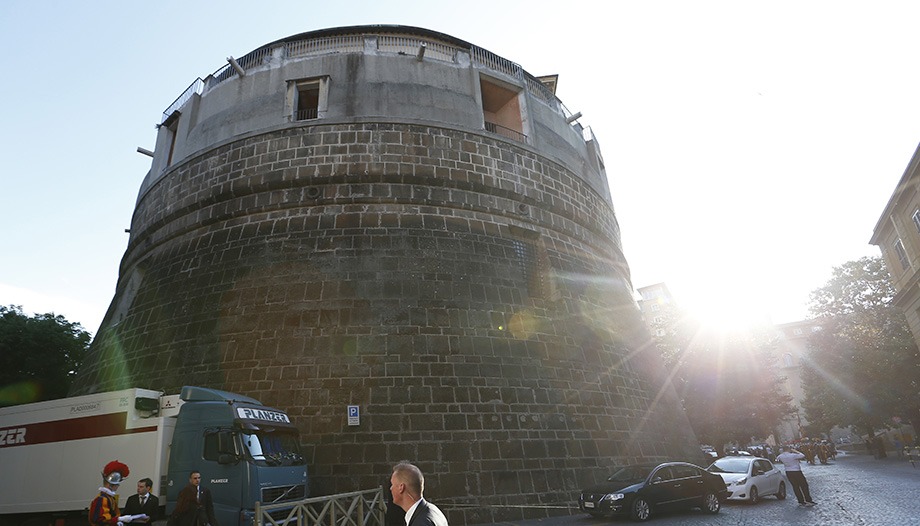



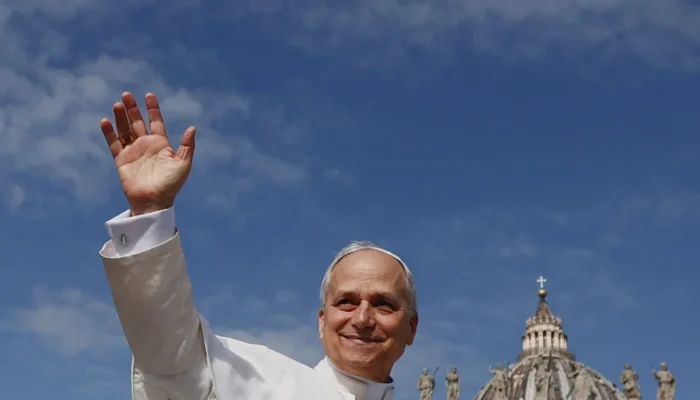
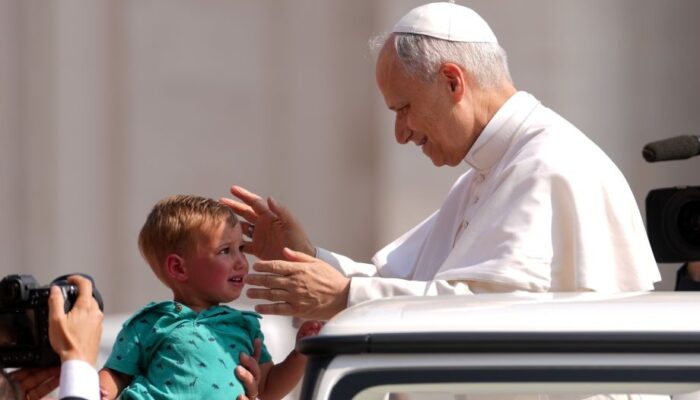

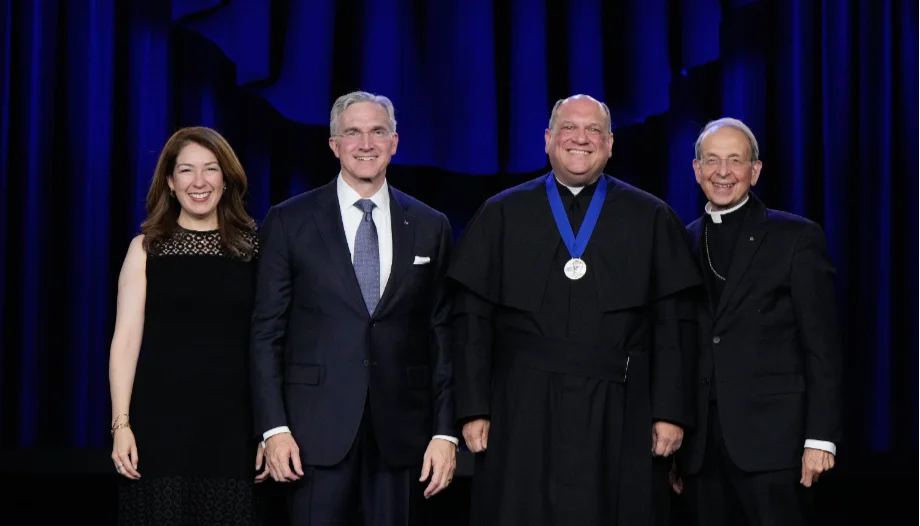




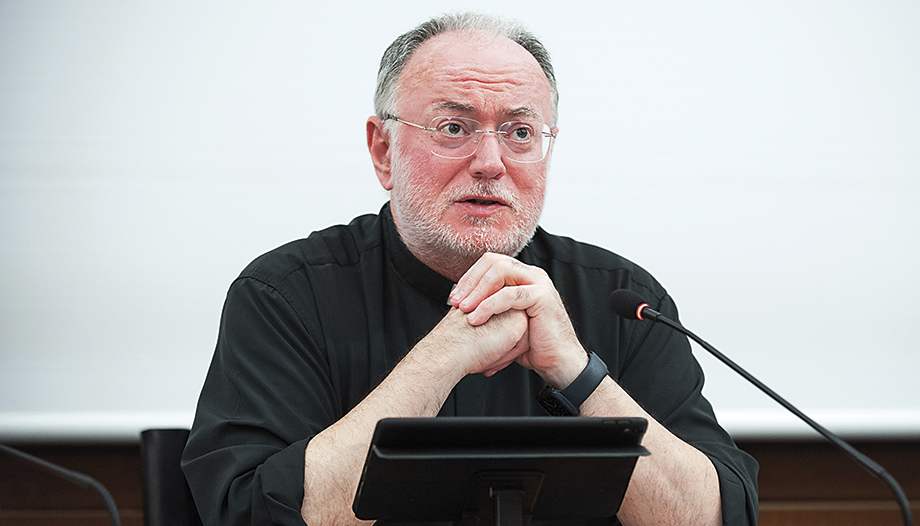
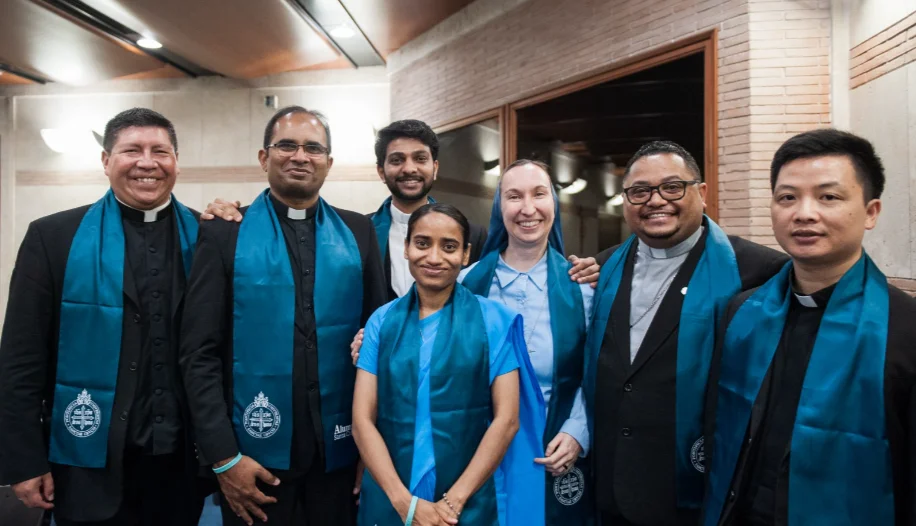
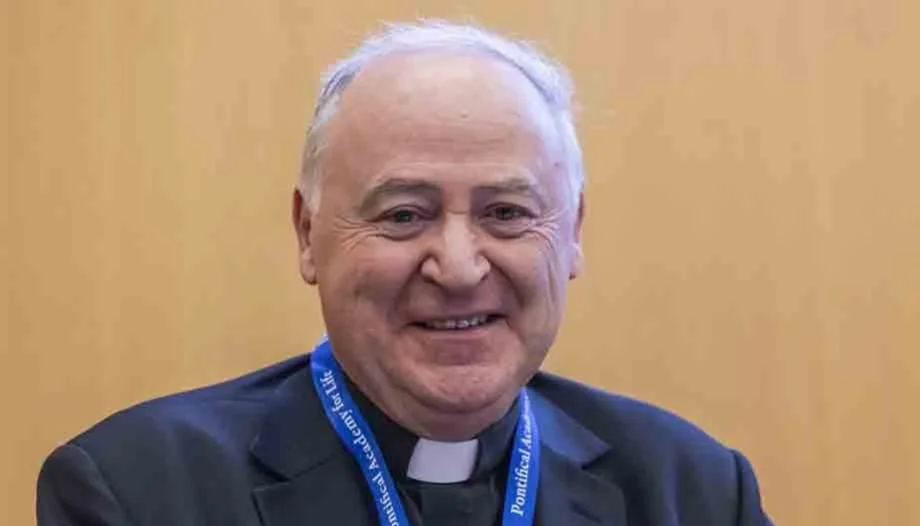

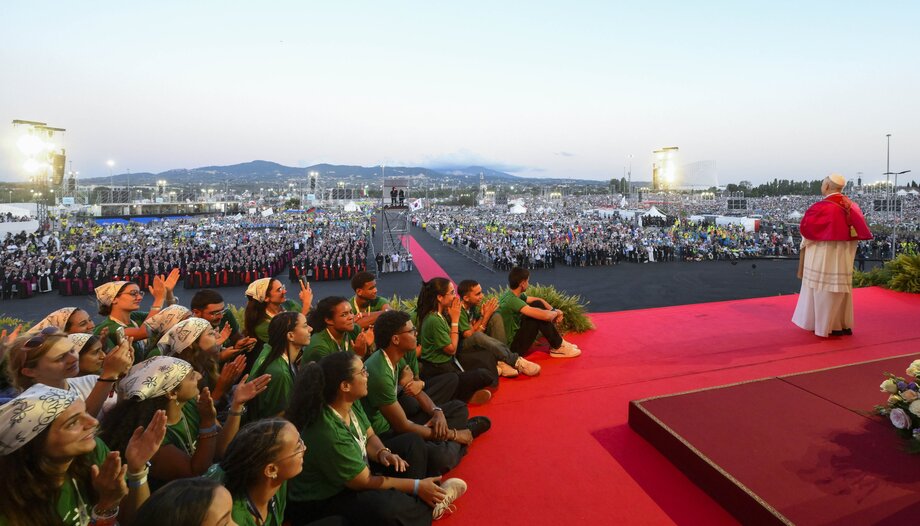
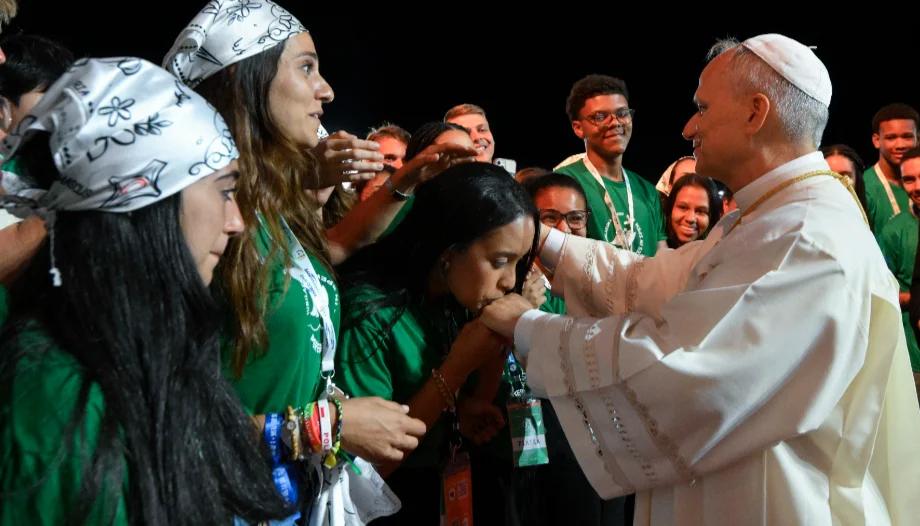
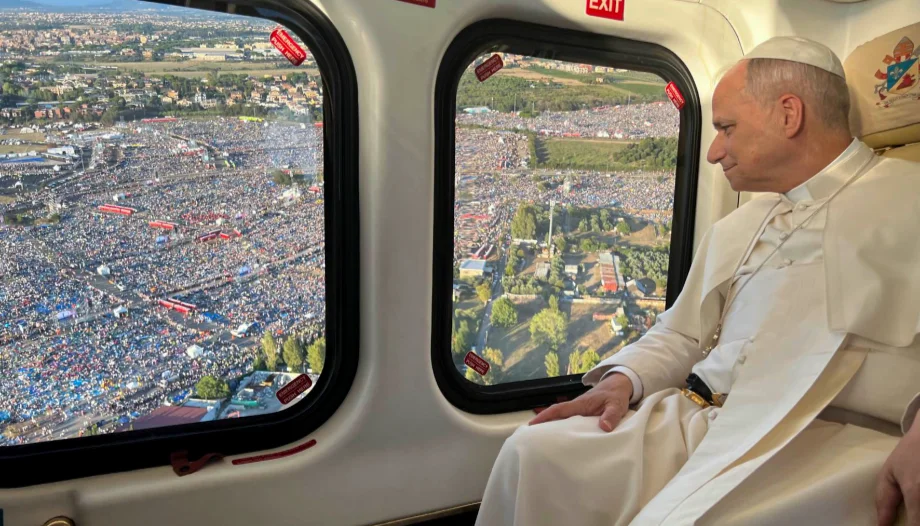
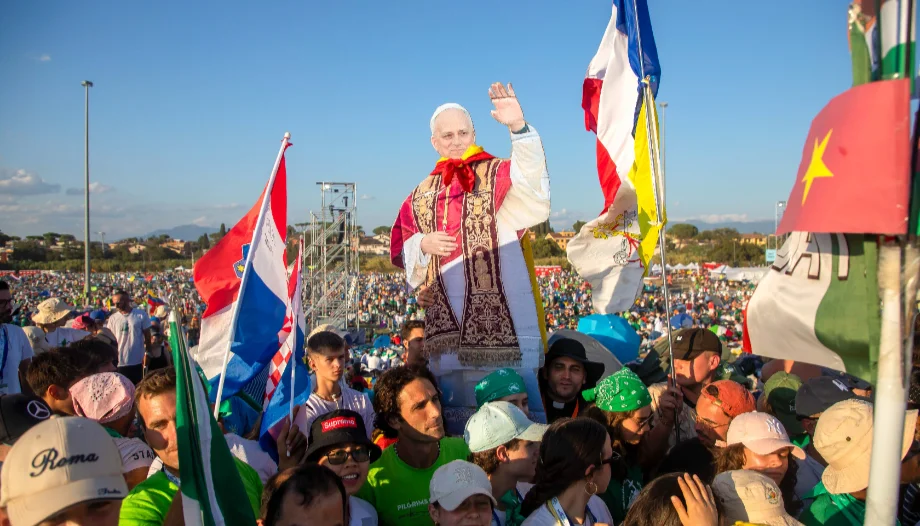


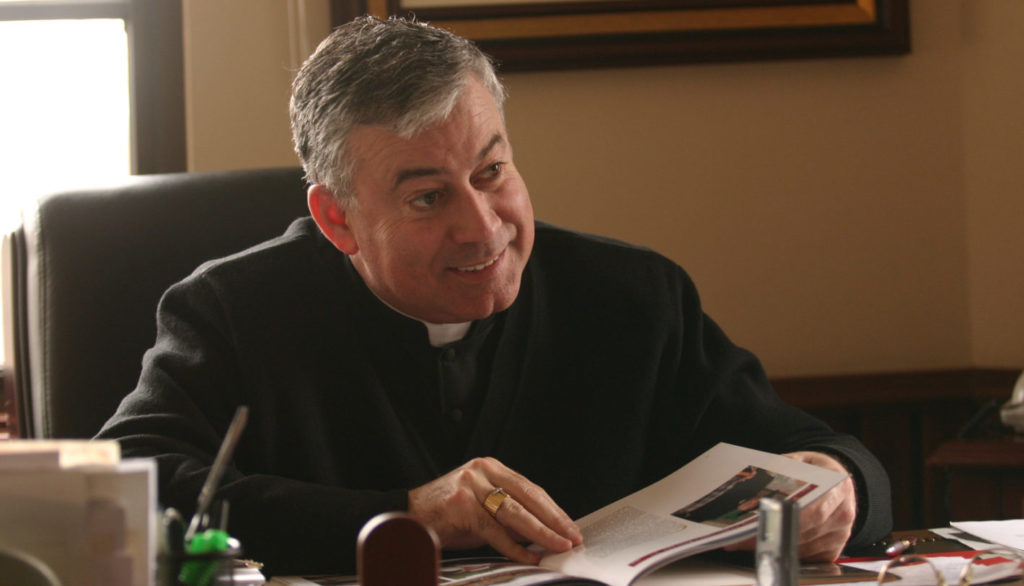

 How to get your child to read and become literate this summer
How to get your child to read and become literate this summer